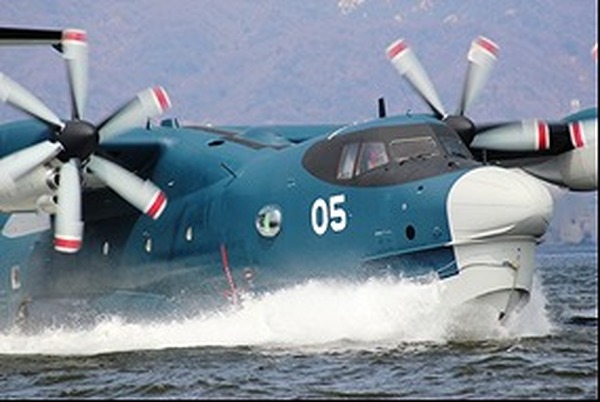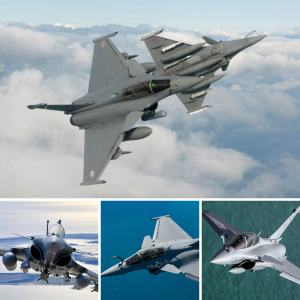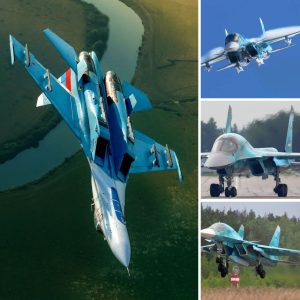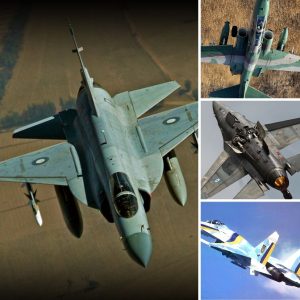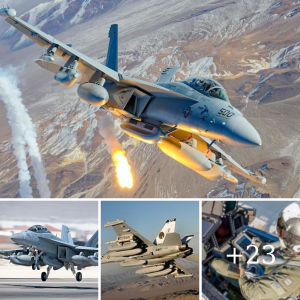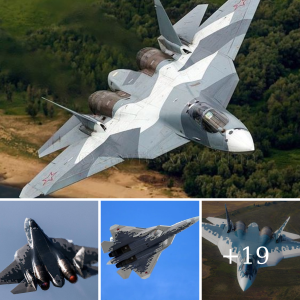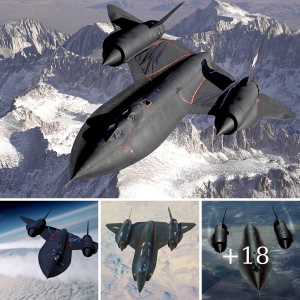In the realm of modern aviation, where technological advancements and cutting-edge designs often steal the spotlight, there’s one aircraft that quietly commands attention through its sheer versatility and unmatched capabilities: the ShinMaywa US-2. This Japanese-made amphibious aircraft is not just a marvel of engineering; it’s a game-changer in maritime operations, search and rescue missions, and disaster relief efforts.

A Unique Amphibious Design
The US-2 stands out in the aviation world for its amphibious capabilities, meaning it can take off and land on both water and land. Developed by ShinMaywa Industries, this aircraft is an evolution of the earlier US-1A, designed to meet the demanding needs of Japan’s Self-Defense Forces for maritime patrol and rescue operations. What sets the US-2 apart is its ability to operate in extreme conditions, including rough seas with waves up to three meters high—a feat that few aircraft can match.
At first glance, the US-2’s design is both robust and functional. Its large, boat-like hull allows it to perform water landings with ease, while its high wing configuration and powerful engines provide the lift and stability needed for both short takeoffs and landings (STOL). The US-2 is powered by four Rolls-Royce AE 2100J turboprop engines, giving it the muscle to perform in some of the most challenging environments on Earth.
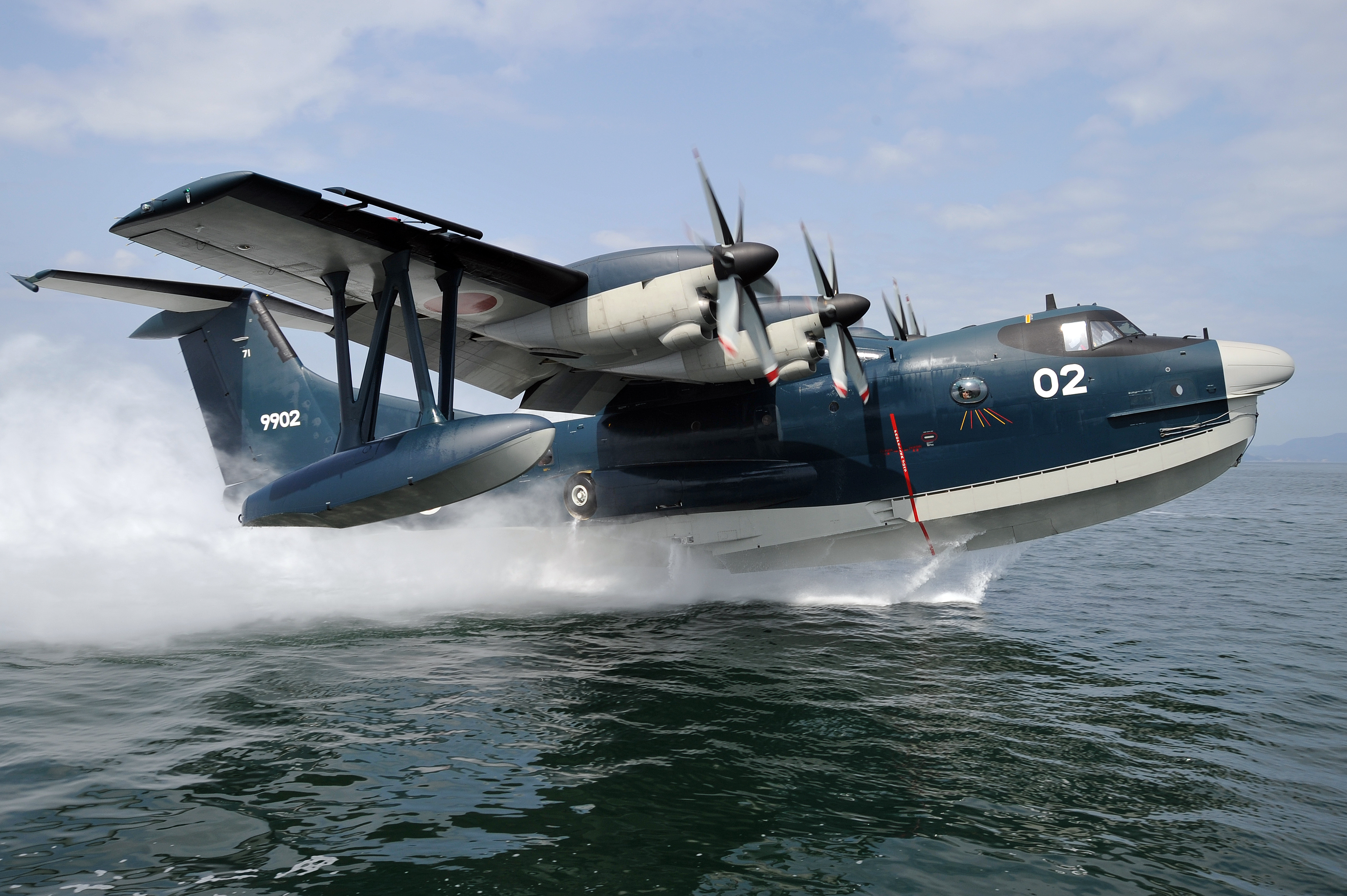
Rescue Missions and Humanitarian Aid
One of the US-2’s most crucial roles is in search and rescue (SAR) operations. Japan, an island nation surrounded by vast stretches of ocean, requires aircraft that can respond quickly to maritime emergencies, often in treacherous conditions. The US-2 excels in this role, with a range of over 4,700 kilometers and the ability to carry up to 20 survivors. This aircraft can reach remote locations that are inaccessible to other rescue platforms, delivering life-saving aid when time is of the essence.
In addition to SAR, the US-2 has proven to be invaluable in humanitarian aid and disaster relief missions. Its ability to land on water allows it to reach areas devastated by natural disasters, such as tsunamis or hurricanes, where traditional runways are unavailable. The aircraft’s cargo capacity enables it to deliver essential supplies, medical equipment, and personnel to those in need, making it a lifeline in times of crisis.
Expanding Beyond Japan: International Interest
While the US-2 was developed primarily for Japan’s needs, its unique capabilities have attracted international interest. Nations with extensive coastlines, archipelagic regions, or a need for robust maritime surveillance have all looked to the US-2 as a potential asset. India, in particular, has expressed strong interest in acquiring the US-2 for its navy, recognizing the aircraft’s ability to enhance maritime security and support disaster relief operations in the Indian Ocean.
The potential for international sales could mark a significant step forward for Japan’s defense industry, which has traditionally been more focused on domestic needs. Exporting the US-2 could not only strengthen Japan’s strategic partnerships but also position the country as a key player in the global aerospace market.
Challenges and the Future of the US-2
Despite its many strengths, the US-2 faces challenges, particularly in terms of cost. The aircraft’s advanced technology and specialized design make it expensive to produce and maintain. This has limited its adoption outside of Japan, where budget constraints often force militaries to prioritize more versatile or cost-effective platforms.
However, efforts are underway to make the US-2 more attractive to potential buyers. ShinMaywa has explored ways to reduce costs, including the possibility of joint production with foreign partners. Additionally, the aircraft’s unmatched capabilities in maritime environments may ultimately outweigh its high price tag, especially for nations with significant maritime responsibilities.
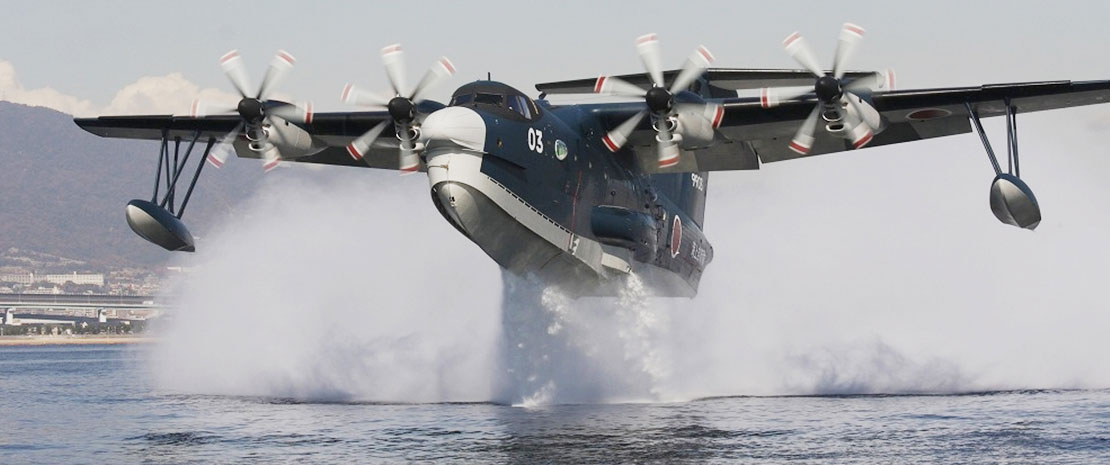
A Symbol of Japan’s Engineering Prowess
The ShinMaywa US-2 is more than just an aircraft; it’s a symbol of Japan’s commitment to excellence in engineering and its dedication to protecting lives both at home and abroad. As the world continues to face challenges such as climate change, natural disasters, and maritime security threats, the need for versatile and reliable aircraft like the US-2 will only grow.
Whether it’s saving lives in a storm-tossed ocean, delivering aid to disaster-stricken regions, or patrolling vast stretches of water, the US-2 is proving that it’s not just a remarkable aircraft—it’s an indispensable tool in the modern world. As Japan continues to innovate and adapt, the US-2 stands as a shining example of what can be achieved when technology and purpose come together to meet the demands of an ever-changing world.
